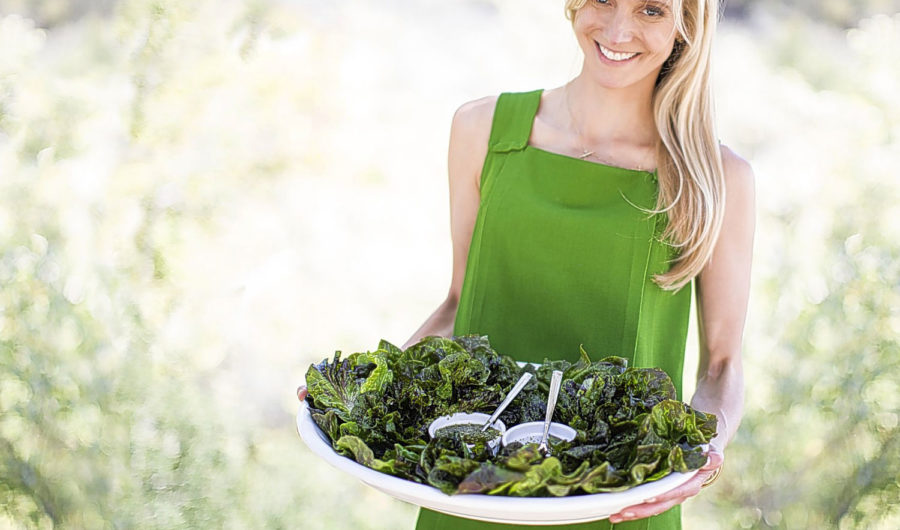Consuming sugar does absolutely nothing good for our bodies, our health or our mood; it is empty calories, contains no nutrients and sends us on a rollercoaster, in which we eventually crash desperate for the next ‘fix’. From 2009-2010, we consumed 154.1 million metric tons of sugar globally. Fast forward half a decade to 2014-2015, and worldwide consumption has exceeded 176.83 million tonnes. We are eating WAY too much sugar!
Right now in 2016, this is the situation we are in: 1.9 billion adults around the world are categorised as overweight and 650 million are categorised as obese. The statistics are damning. But we can make change, person-by-person, day-by-day. Here are my top eight tips for making changes to your relationship with sugar!
Read the packaging
It’s time we start reading the labels and finding out for ourselves exactly what we’re eating. Manufacturers will use a variety of words to hide sugar into our foods – think fruit juice concentrate, golden syrup, high-fructose corn syrup, maltose, molasses, rice syrup, sorbitol, sucrose, xylose… The list is endless. It is also important to know this equation: 4 grams of sugar = 1 teaspoon of sugar. Keep this in your memory at all times. When we see sugar listed in grams, we struggle to visualise what we’re eating – but everyone knows what a teaspoon looks like.
Look out for hidden sugar
Sugar is everywhere, from the more obvious: chocolate, soda, candy, donuts etc., to the lesser-known items, like tomato sauce, fruit juice, yoghurts, ‘healthy’ snack bars, pasta sauce, soups and salad dressings. It is almost unavoidable in processed foods, no matter how good they appear to be. Reading the labels means you hunt it out in every unexpected place. Keep your eyes peeled – even with the seemingly ‘healthy’, ‘low-fat’, ‘diet’ foods.
Know your limit
According to a 2012 NHS report, the average Britain eats approximately 20 teaspoons of sugar per day. That’s 700g or 140 teaspoons per week. However, numerous doctors and health organisations say our bodies can only cope with, and process, 7 teaspoons of sugar per day, which is the equivalent of 30 grams. Some even say this should be as low as 25 grams (6 teaspoons) for adults and 20 grams (5 teaspoons) for children. Hopefully it will have just clicked for you quite how much we all need to start cutting down.
Clear your cupboards – and don’t refill them
There is only one way you’re going to truly cut sugar out of your life – and that’s by getting rid of it completely. Clear out your cupboards, handbag, desk drawer, and car – absolutely everywhere that you stash your sugary fixes. Then make a commitment to yourself that you won’t re-buy it all. When you get a craving, if there is nothing there for you to reach for, you simply can’t eat it.
Cut out fruit juice
Hopefully you’ve already banished sugary soda drinks and flavoured waters from your life. Next on your list should be fruit juice. Aside from added sugars, fruit juice contains naturally occurring fructose. In whole fruit, the fructose is bound up in fibre and carbohydrates which have to be broken down by the digestive system first, thus meaning you never get the ‘hit’ of pure fructose. However, when fruit is juiced, any positives are literally squeezed out of it. This is why fruit juice is often referred to as ‘sugar water’ by many nutritionists. Start by cutting out that glass of orange juice with breakfast for starters….
Make good swaps
Always have good choices around; why not have some carrot and celery sticks with hummus, or some apple with almond butter at 3pm? Or instead of a sweet milkshake, why not whizz up a naturally sweet almond milk smoothie? Rather than buying a ready-made soup, why not sauté off some vegetables, onion and garlic with vegetable stock and water, blitz together, and make your own delicious soup? Start prepping a bit on Sunday, so you have loads to eat throughout the week or freeze into batches for busy days.
Eat more plants and whole foods
Food is not just something we put in our mouths to satiate hunger; it is the fuel our bodies use to stay healthy and function well. And guess what, if you don’t put quality fuel into your body, you don’t feel well, function well or look well. It is almost unavoidable that we will find sugar in processed foods, no matter how good they appear to be. The answer is eating more plants and whole foods – what I like to call ‘real’ food – fresh, nutritious, unprocessed food that grows in the soil, on trees and on bushes with the sun’s energy. Think about what your great-grandparents would have recognised as food – that’s what is real. It should be coming straight from grocery aisles, farmers’ markets and vegetable stalls, not out of plastic packaging or found within ready-made meals.
Find a sugar buddy
Now you’ve made this commitment to cut out sugar, shout it from the rooftops. Tell everyone. Be proud. Get everyone involved in your new way of eating so you don’t have to keep explaining yourself when they offer round the cakes at work. If you have one key person who you can get on board to join you, even better. It’ll be so great to have their support when the 3pm cravings or 9pm munchies hit – and doing it together will feel twice as rewarding when you both see how well you’re doing.
Written for Hip & Healthy by Calgary Avansino
Check our Calgary’s new book, Keep It Real, here!














